We were lucky to catch up with Jennifer Pinck recently and have shared our conversation below.
Jennifer, appreciate you joining us today. Let’s jump back to the first dollar you earned as a creative? What can you share with us about how it happened?
It was 1998. I had taken a sabbatical from my professional career and had started to explore the two-dimensional world of art. I had been living in Europe for two years and with time on my hands I was drawing and sketching. Upon my return to my home in Massachusetts – while I was pondering my next move – I continued making art. With a dear friend, an artist, who was my greatest influence in my journeys as an artist, we decided to have a show at my home to raise money for a local non-profit. I had truly low, low expectations but someone did actually purchase one of pieces – I still have a copy of the check framed in my studio. I tucked away in the back of my mind that this could come to something someday. It was exhilarating.
Awesome – so before we get into the rest of our questions, can you briefly introduce yourself to our readers.
I am painter, I work in oils primarily, mostly representational.
This is a new “career”‘ for me. I worked 45 years in the design, construction, and real estate industry- converting two-dimensional things (blueprints) into three dimensional things (buildings, tunnels, highways, hospitals, schools, housing). I started my working life in the late 70’s as a house/commercial painter! I fell in love with the building industry and decided early on I was going to make it a career. I saw a guy wearing a white hat, carrying a clipboard – on a job site – and without really knowing what his precise job or title was, I said to myself “I want to do that”. Fast forward to 1986 – I had progressed from tradesperson to field engineer, to assistant superintendent. I had taken a year off and got an MBA from Simmons School of Management. I was back at work with the highly regarded general contractor, Macomber Builders, and I took the City of Boston building license examination, and passed. The first woman to get this license. I was promoted to Superintendent,
Over the next decade my career took me to senior management positions on both of Boston’s mega-projects: the $4b Deer Island Wastewater Treatment Plant and the $16b Big Dig. I was (and still am) thrilled to have been part of projects that were so transformational to the local economy, transportation infrastructure, and the health of the Boston Harbor and surrounding waters.
In 1998 I started consulting to non-profit organizations undertaking capital projects. My client list grew, my reputation spread, and shortly thereafter I incorporated and started to grow my business (Pinck & Co, Inc – now part of Accenture), Eventually I had 38 employees, we had managed over $6b worth of work, our focus was the nonprofit, institutional, and public sectors.
During all this time I very occasionally would take out my drawing supplies. My art practice was intermittent at best. Running my business, seeking out new business, hiring, and all the usual tasks of a professional services firm were paramount. In the back of my mind I would tell myself “when you retire you can do more art”.
Fast forward to 2020. I had sold my firm in 2018 and had been the Managing Director of the Boston office. As of January that year I was engaged on a consulting basis for a few select projects. Then, COVID struck. Those projects got put on ice. Like the rest of the world I was at home with time. My time! What did I do? I took out those art supplies and it was if a switch had been turned on. I’ve been painting furiously ever since. I worked in acrylics for a couple of years. Then to oil pastels, and now oils.
My work and subjects are primarily representational. I paint landscapes. still lives, people. Some in the studio. Some en plain air. I explore, try out, push myself to try new techniques, different compositions. I am evoking the familiar with an attention to observation and detail so fundamental to the skills needed in the building process. I now exhibit and sell my work on a regular basis and am always pleased to know my work is finding a new home somewhere.
What do you find most rewarding about being a creative?
The most rewarding aspects of being creative are 1. The respite from the world when I am painting. I find that it requires great concentration and focus, but not “thinking”. To me it’s both hard work and intensely restful.
2 There are no consequences to a crummy painting. That is liberating. I am of course comparing it to my work in the built environment where mistakes, errors, omissions can have consequences. And to my work as employer where the lives and livelihoods of my staff always on my mind and was key to running a successful business.
3. The joy of creating a work of art that I like to look at!
What’s a lesson you had to unlearn and what’s the backstory?
Being able to call myself an artist has been a journey, In our society we are often discouraged from making art, As children we are introduced to being creative (coloring books, art classes, etc). But as we grow older we learn that art is special. Artists have to have talent. They must have formal training. Artists are different. The world values commerce, making money, being employed. Art is not always taken seriously and creative endeavors are not as valuable. So as I began painting in earnest it took me a couple of years to dare say I am an artist and to embrace the word.
Contact Info:
- Website: www.jenpinck.com
- Instagram: @jenpinck
- Facebook: Jennifer Pinck
- Linkedin: Jennifer pinck
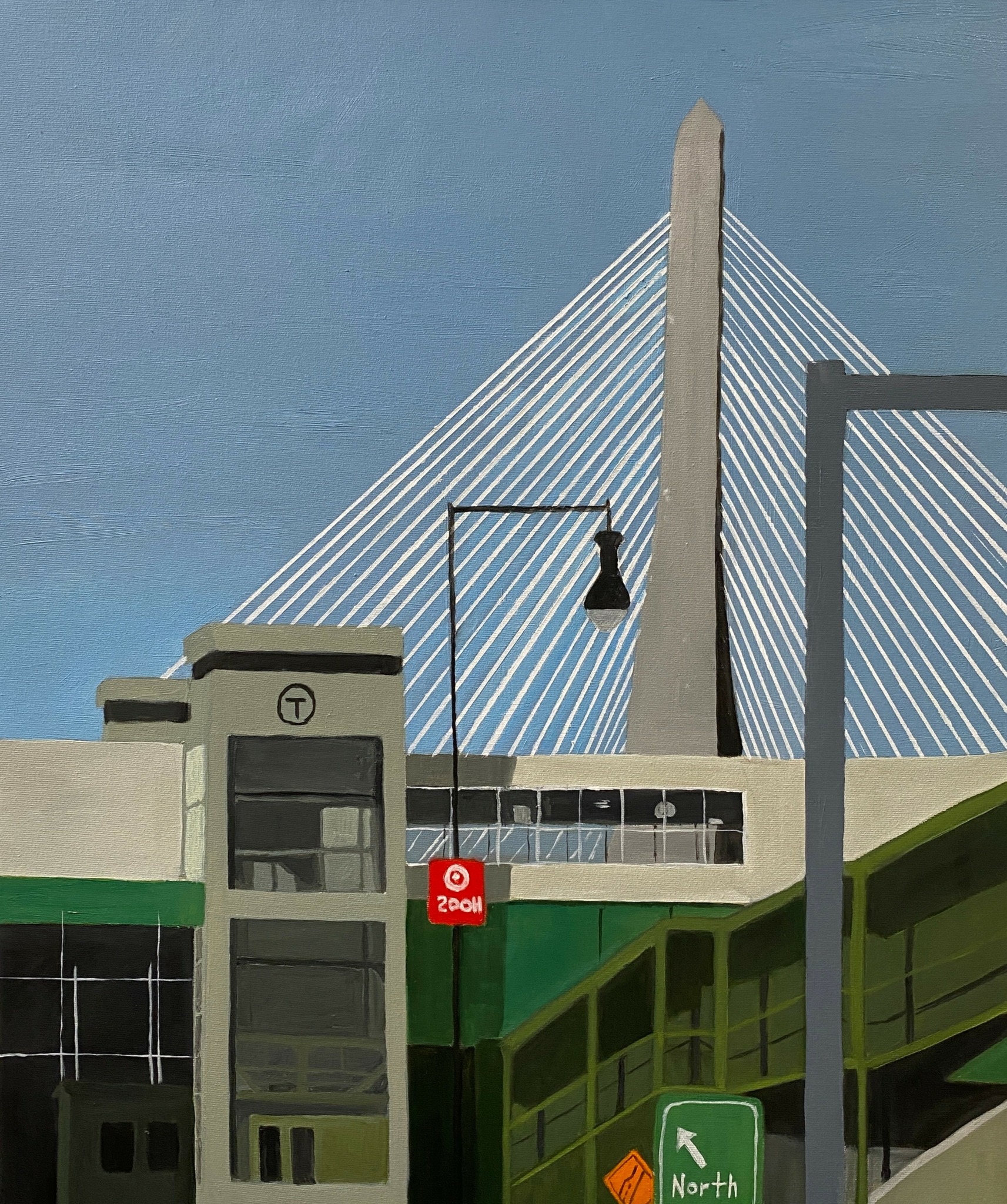
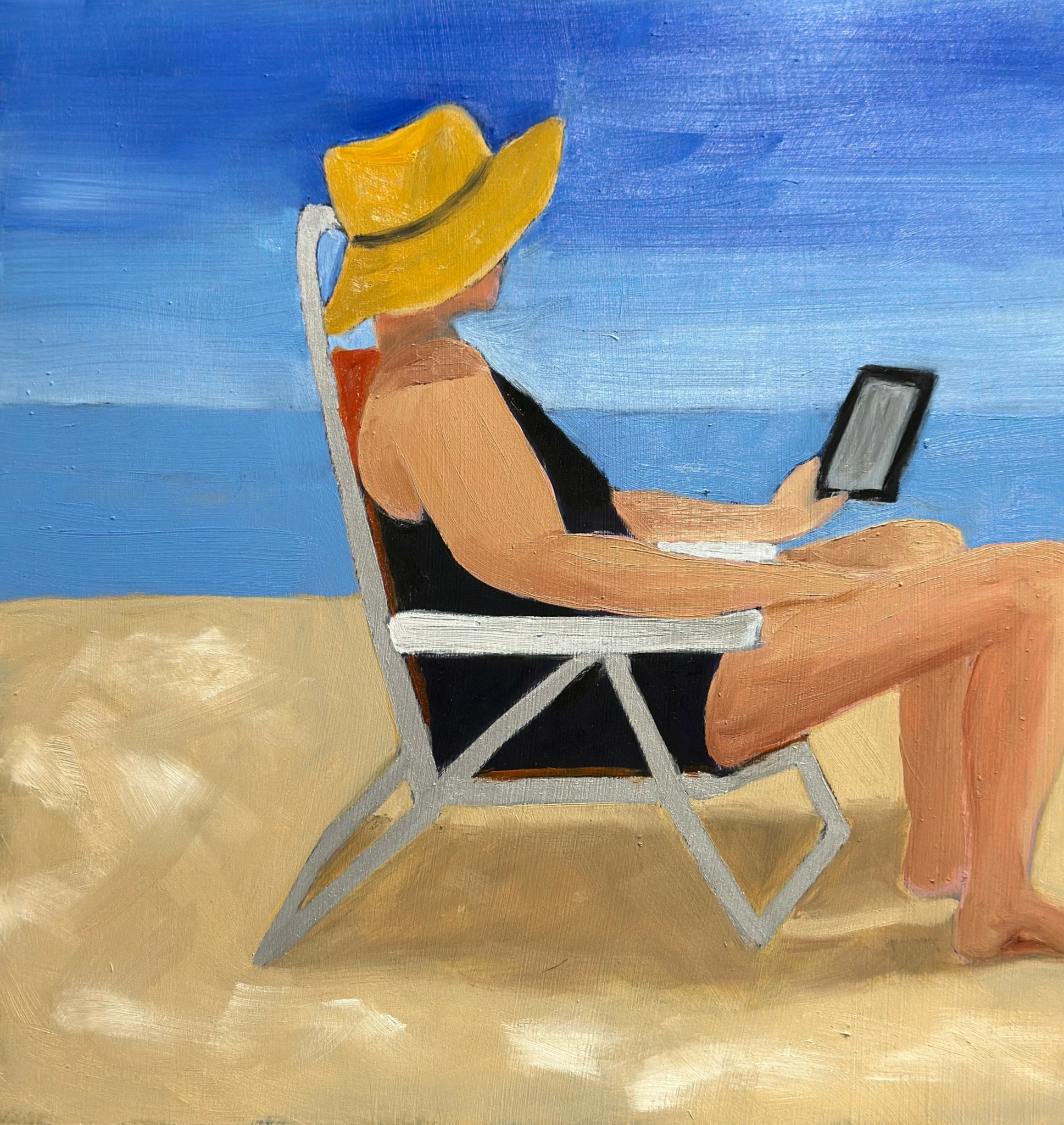
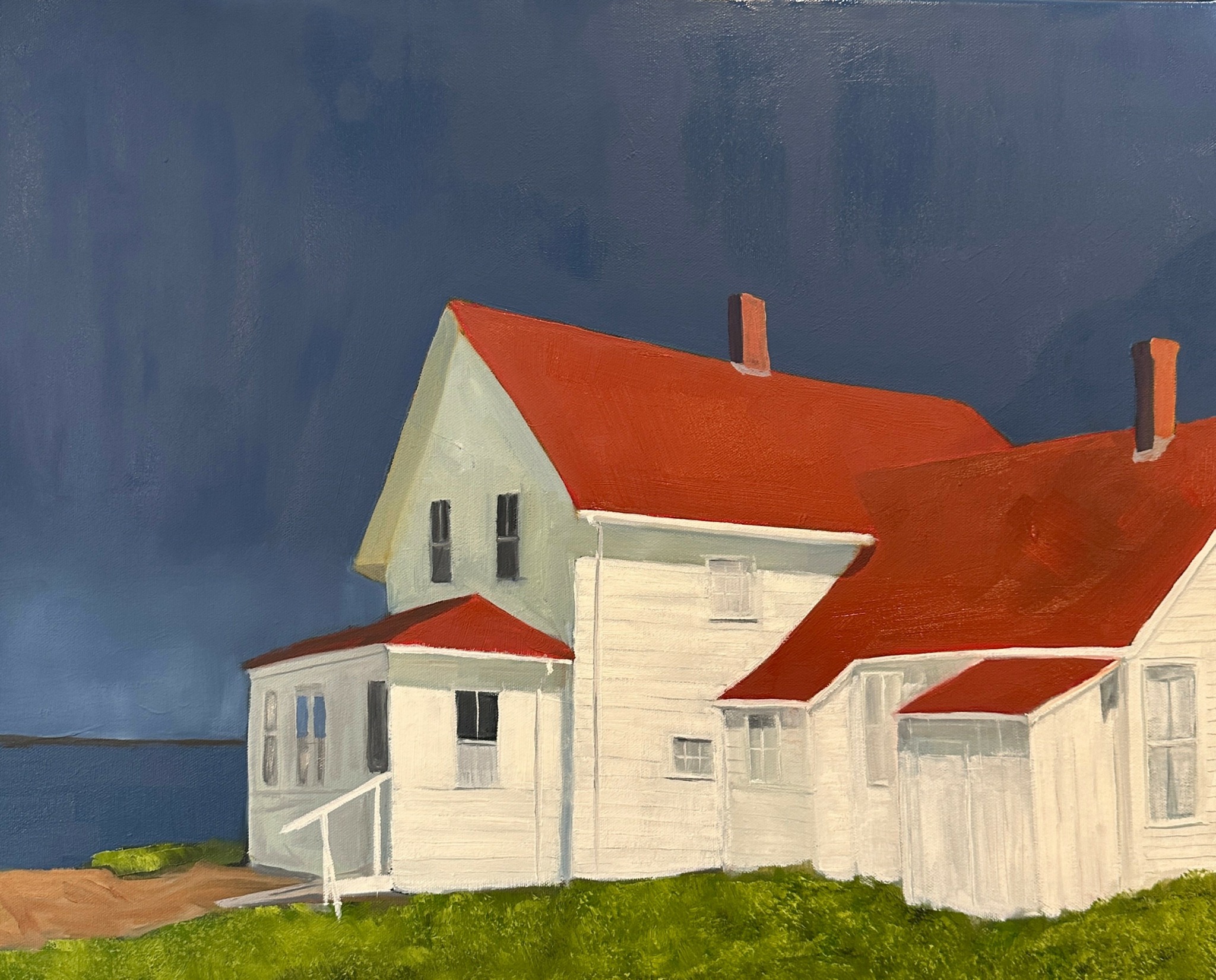
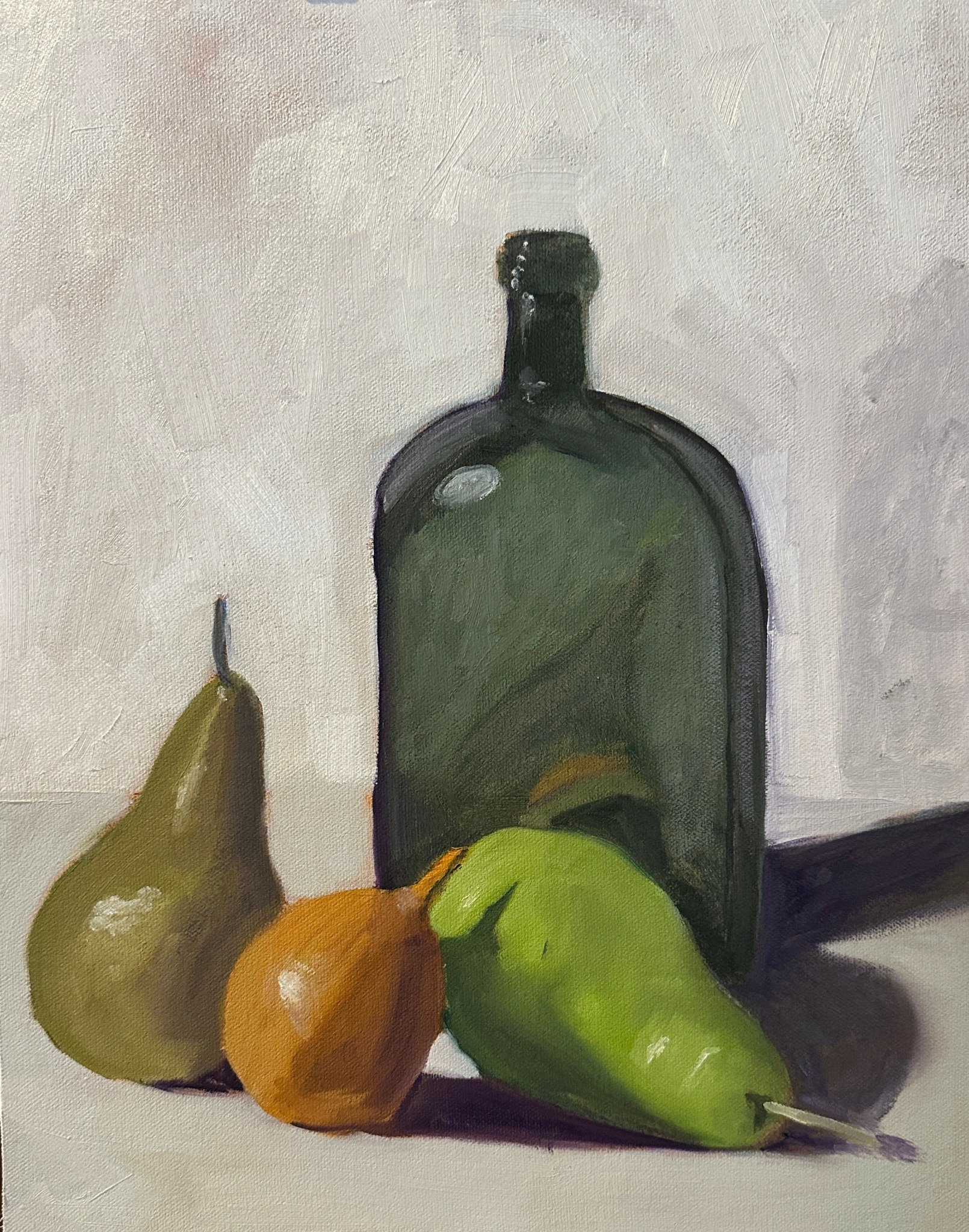
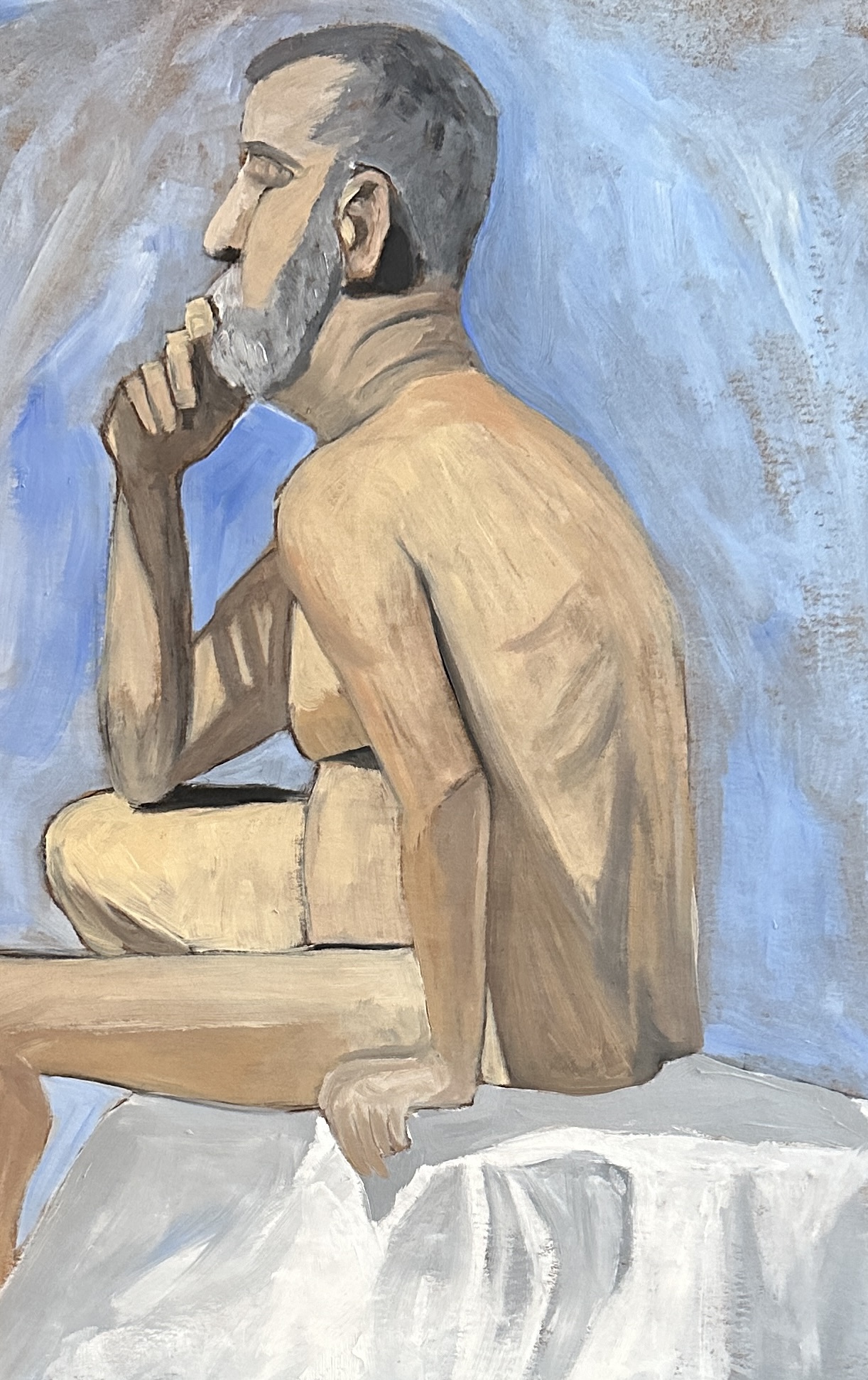
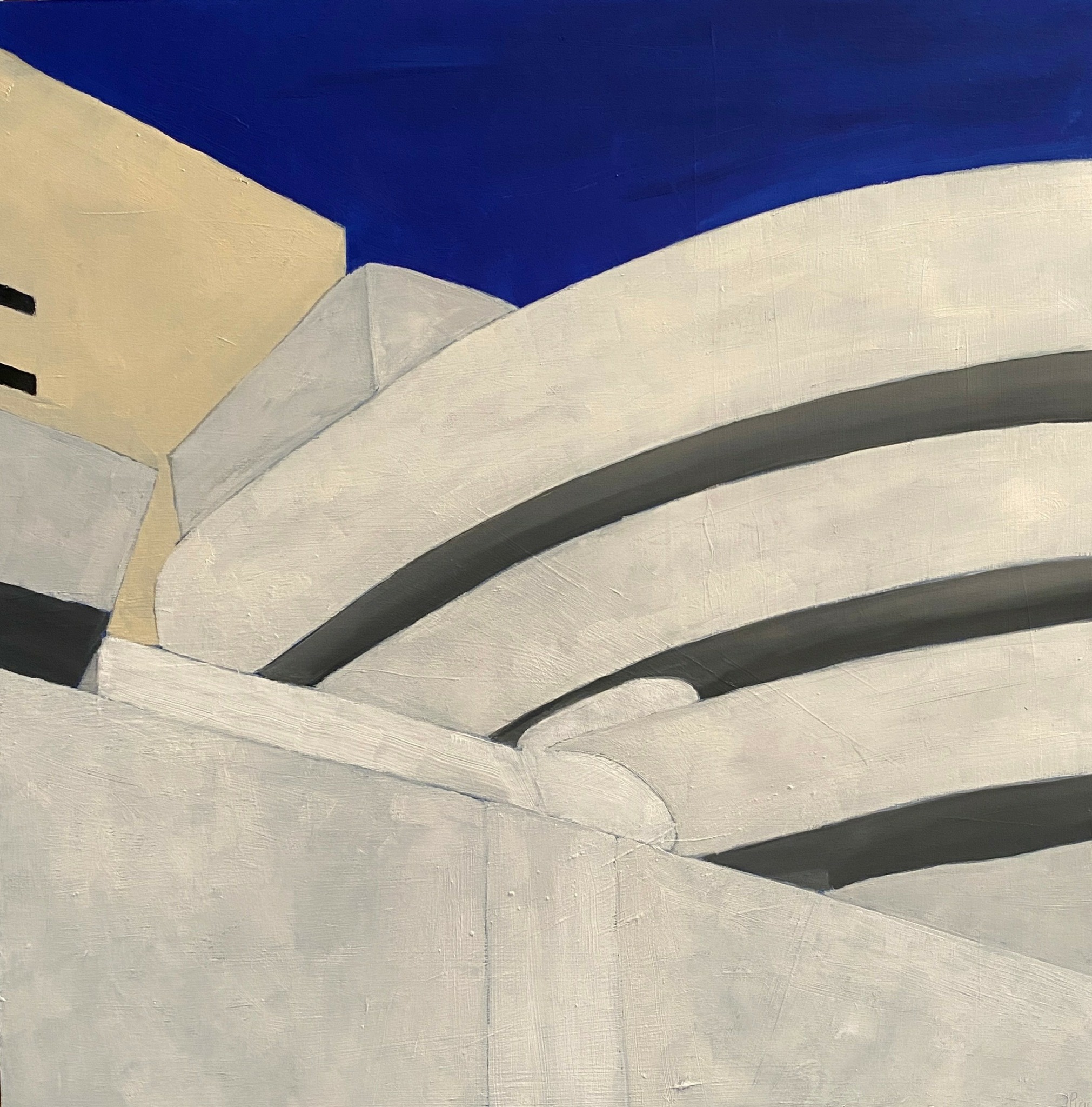

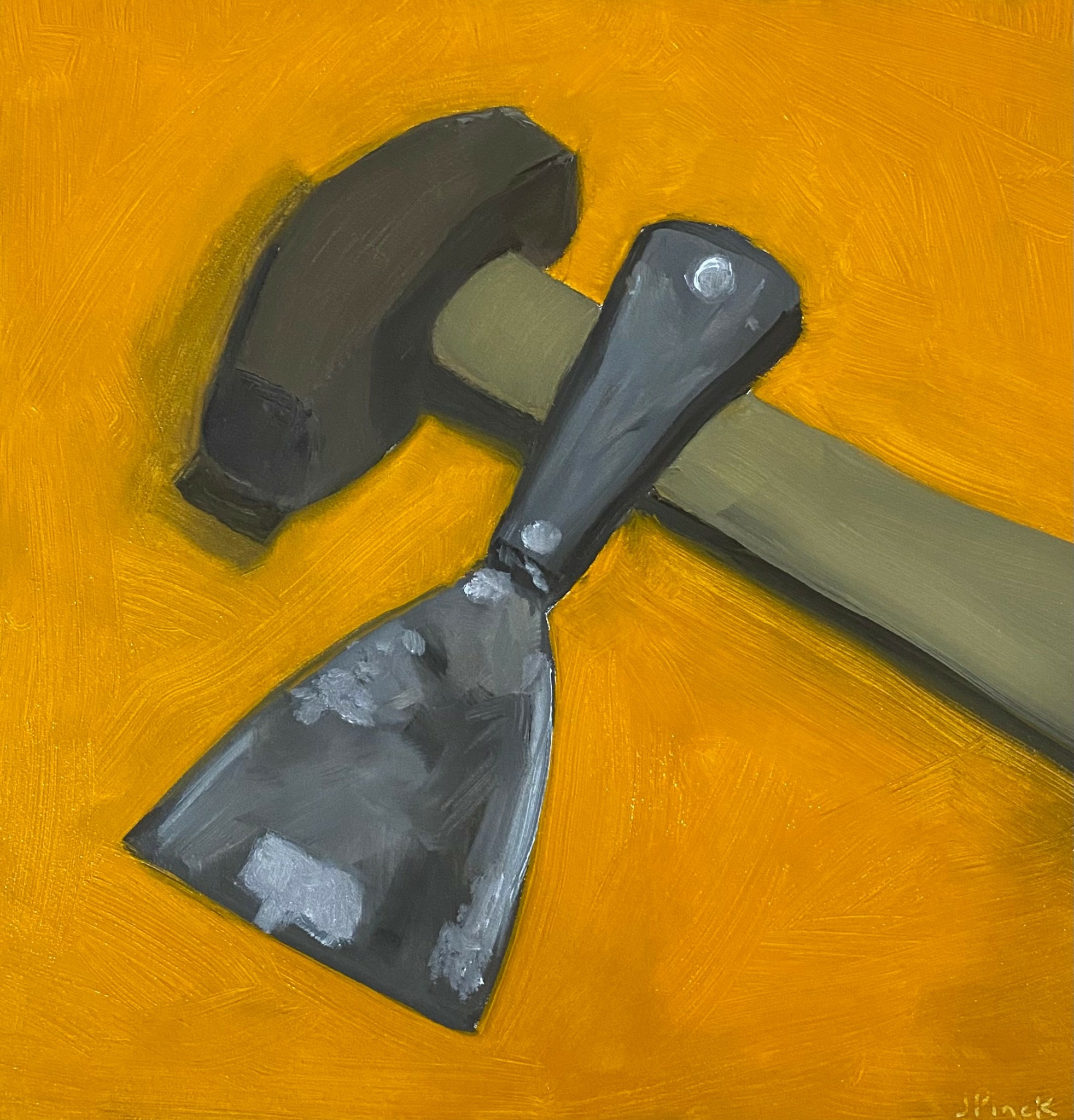
Image Credits
Photo of Jennifer Pinck by Kelle Louaillier


